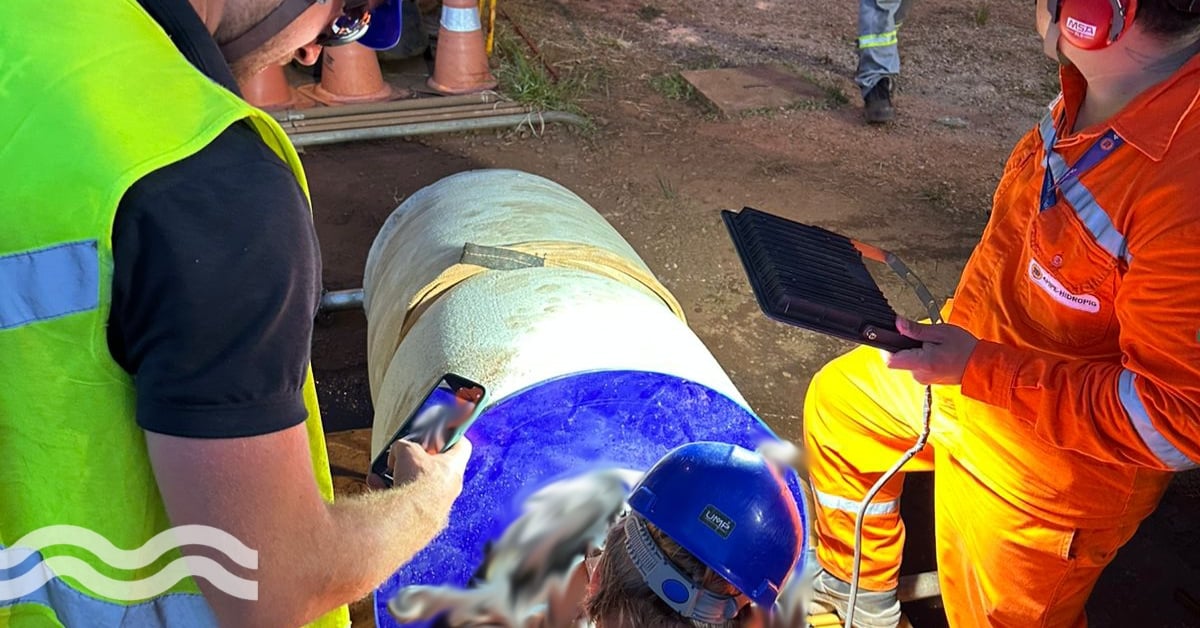Corporate water: Microsoft's progress report on water positive ambitions

In response to the escalating global water crisis, Microsoft has taken a significant step forward with the launch of its Water Replenishment Update. We take a look at the key themes of the report and what its water replenishment strategy looks like.
Water positive goals
In 2020, Microsoft set the ambitious goals to become water positive by 2030. The initiative represents Microsoft's recognition of its pivotal role in addressing water stress, particularly in regions where it operates. This will mean replenishing more water than it consumes across its global operations.
Understanding the critical nexus between corporate activities and the health of watersheds, the company acknowledged that replenishment is a crucial mechanism to actively contribute to the restoration and protection of water basins.
It was back in 2017 when Johannesburg faced a severe drought, amplifying the global water crisis and highlighting the crucial role water plays in sustaining communities. Microsoft's 88,000-square-foot office in the Limpopo River basin area experienced closures, prompting a reflection on the responsibility corporations hold towards communities and ecosystems. This experience catalysed Microsoft's commitment to becoming a water-positive company by 2030.
The organisation has since established four guiding principles to shape its strategy, prioritising investments in areas with high water stress, the importance of locally relevant projects with co-benefits, a community-centric approach, and an unwavering focus on innovation to scale replenishment efforts.
Reaching such targets will not be without challenges: Microsoft acknowledges the absence of standardised guidelines and the scarcity of eligible projects.
Notable water replenishment projects
As of July 2023, Microsoft's replenishment portfolio comprises 49 projects worldwide. The projects span seven Volumetric Water Benefit Accounting (VWBA) categories, addressing crucial aspects such as land conservation, water supply reliability, water access, water quality, aquatic habitat restoration, water governance, and catalytic activities.
Projects of note include the Colorado River basin in the United States, where drought and water stress are the major issues. Here, Microsoft focuses on urban water efficiency projects (such as leak detection and repair) and projects that reduce agricultural water demand, conserve water, and increase infiltration in the basin.
Meanwhile in the Maipo River basin, Chile, a multi-year drought has stressed water resources to the point of limiting water supply to Santiago’s residents. Here the company focuses on projects that reduce water demand in agriculture and projects that increase water infiltration and storage in the basin.
In Shanghai, China, where the quality of the main water supply source faces pollution risks due to
agricultural runoff and insufficient treatment of domestic wastewater from surrounding rural
communities, Microsoft has focused on projects that strengthen water stewardship practices while restoring and constructing wetlands to improve water quality (by retaining nitrogen and phosphorus and
promoting sedimentation).
The role of AI in the water positive journey
Its journey towards water positivity is ongoing and Microsoft acknowledges that there is much to learn. However, the organisation recognises the importance to incorporate AI and technology in water management.
“Technology, in particular AI, will be key to managing water risk, yet we need to innovate and move beyond the status quo. The world cannot overcome the water issues it faces by simply doing more of what is already being done, “ said Microsoft’s chief sustainability officer, Melanie Nakagawa.
“Everyone within the replenishment space will need to be creative about the types of projects we are investing in, searching for novel approaches that will deliver scale and impact under the umbrella of replenishment.”
Future plans
Looking forward to the future, it is evident that a substantial replenishment programme is in place, but there is a recognised imperative to escalate efforts. The focus lies on scaling the market to meet growing demand and directing corporate resources for maximal global impact.
This involves redefining "replenishment" to encompass innovative approaches, emphasising basin health over mere volume counting, and adopting a systems thinking approach within the wider sustainability framework, the organisation said.
Microsoft added that collaboration is key in this effort, necessitating more implementing partners, corporate investments in start-ups, and heightened awareness across sectors. The establishment of global standards is deemed crucial by the company to maintain consistency and prevent bluewashing. Public policy and governance support, including financial incentives and regulatory reforms, are seen as essential, alongside initiatives fostering collective action.
Additionally, robust monitoring and tracking systems are imperative at both project and basin levels to comprehensively evaluate the value and impact of replenishment initiatives.


